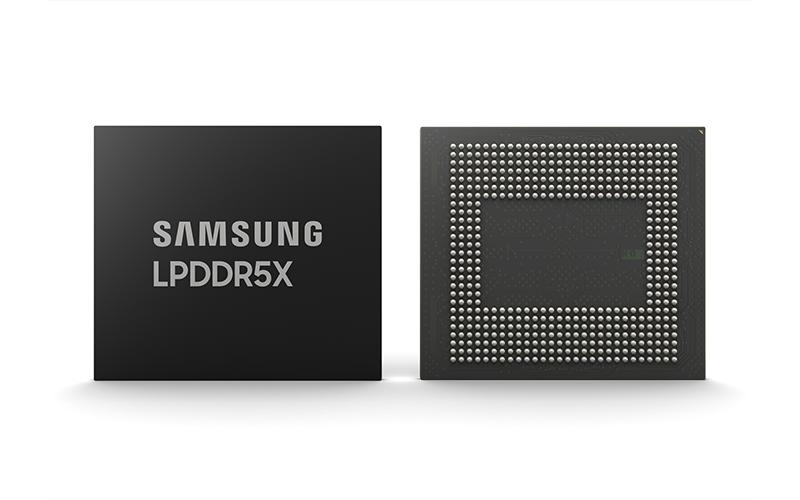AI Servers Drive Shift to Low-Power LPDDR Memory: Samsung & SK hynix Face Chinese Competition Amid Nvidia & Intel Adoption
 South Korea
Technology
South Korea
Technology

AI server energy demands drive adoption of LPDDR memory. Samsung, SK hynix, and Micron race to innovate as Nvidia and Intel integrate LPDDR, intensifying compet
The global artificial intelligence (AI) industry is witnessing a significant paradigm shift in memory technology. With AI service firms grappling with the immense power consumption of their data centers, the focus has rapidly turned to Low-Power Double Data Rate (LPDDR) memory. Traditionally a staple for smartphones and portable electronics, LPDDR is now becoming a critical component for AI server DRAM, prompting a vigorous race among memory chip manufacturers.
LPDDR: The New Standard for AI Servers
Leading tech giants like Nvidia and Intel are increasingly integrating LPDDR into their server architectures, signaling a major industry transition. Nvidia, for instance, has reportedly opted for LPDDR over the more conventional DDR5 for server memory. This strategic pivot aligns with its adoption of the second-generation SOCAMM2 standard, which ingeniously combines multiple LPDDR5X memories into a module. This innovation slashes power consumption by approximately one-third compared to traditional DDR-based modules, a crucial advantage in energy-intensive AI environments.
Intel has also embraced this low-power trend, unveiling "Crescent Island" last month. This new low-power graphics processing unit for AI inference leverages LPDDR5X instead of high-bandwidth memory (HBM). Furthermore, Qualcomm is actively developing its LPDDR-based AI accelerator, the AI200, with a commercial launch anticipated next year. These collective moves are generating an additional demand for LPDDR memory, a volume comparable to that of major smartphone makers, which the existing supply chain is struggling to absorb.
The Fierce Competition Among Memory Makers
This burgeoning demand has ignited intense competition among memory chip manufacturers. Samsung Electronics, a dominant player, has already completed the development of its LPDDR5X-based SOCAMM2 module and is now undergoing client validation. The company is well-positioned to capitalize on this shift, boasting an impressive DRAM manufacturing capacity of 650,000 to 700,000 wafers per month. Samsung also held 57.9 percent of the global mobile DRAM market, including LPDDR, in the first quarter of last year and developed the industry's fastest 12-nanometer LPDDR5X, achieving speeds of 10.7 gigabits per second (Gbps). Anticipation is high for Samsung to unveil its LPDDR6 at CES 2026, having already secured CES Innovation Awards for it.
SK hynix is equally proactive, conducting sample tests for server memory modules compliant with the SOCAMM2 standard. The company has a robust track record in LPDDR, having developed its LPDDR5T, which was the fastest in 2023 at 9.6 Gbps. SK hynix is strategically expanding its fabrication capacity for chips manufactured using the advanced 1c-nanometer process, aiming to balance production between its flagship HBM and other DRAMs, including LPDDR. They are also expected to launch LPDDR6 next year. Micron Technology is also in the race, having officially shipped SOCAMM2 samples to customers for testing in October.
The Rising Chinese Challenge
Adding another layer of complexity to this competitive landscape is the rapid ascent of Chinese rivals. Firms like CXMT are aggressively pursuing technological parity with established industry leaders. Earlier this week, CXMT showcased its inaugural LPDDR5X and modular products for servers and PCs at the China International Semiconductor Expo. Notably, their LPDDR5X achieves a speed of 10.7 Gbps, matching the performance levels of the current industry frontrunners. This rapid progress puts significant pressure on South Korean giants like Samsung and SK hynix to accelerate their innovation and further widen their technological lead to maintain long-term market dominance against increasingly formidable competition.